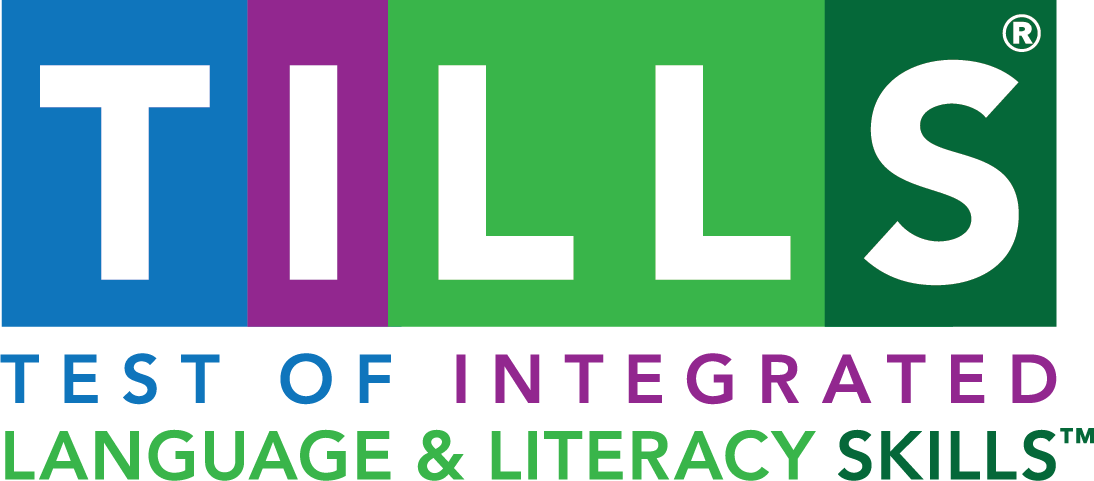Do you wish there was a better way to diagnose language and literacy disorders—including dyslexia?
Would you like to compare oral and written language abilities directly?
Do you wish you had a better way to explain test results?
Then it’s time to discover the Test of Integrated Language and Literacy Skills™ (TILLS™), the groundbreaking assessment that tests oral and written language skills in students ages 6–18 years. Developed by a team of highly respected experts—Nickola Nelson, Elena Plante, Nancy Helm-Estabrooks, and Gillian Hotz—TILLS features 15 extensively researched subtests, all fine-tuned to meet strong psychometric standards using scientific evidence gathered in numerous pilot studies and trials. Through the subtests, you’ll assess and compare the full range of students’ oral and written language and literacy skills. The resulting scores and the clear, at-a-glance TILLS Profile help you identify and track a student’s strengths and weaknesses—information you’ll use as you develop custom-tailored interventions to improve students’ communication skills.
TILLS At-A-Glance
What does TILLS do?
TILLS has been standardized for three purposes:- to identify language and literacy disorders
- to document patterns of relative strengths and weaknesses
- to track changes in language and literacy skills over time
How does TILLS assessment work?
Through a series of 15 subtests in key areas like speech perception and production, decoding and spelling, comprehension, and story recall, TILLS lets you capture the full picture of students’ oral and written language skills. TILLS was developed so you can administer the entire test, single subtests, or combinations of them in one or more sessions.How long does TILLS take?
Comprehensive assessment with TILLS can typically be administered in just 90 minutes or less.Who uses TILLS?
TILLS can be administered by speech-language pathologists, special educators, reading specialists, learning disability specialists, neuropsychologists, educational psychologists, and other educational specialists trained in individualized test administration who can diagnose dyslexia and other disorders.When was TILLS Published?
TILLS was published in 2016.Which students should be assessed with TILLS?
TILLS is ideal for evaluating students between the ages of 6 and 18 years:- suspected of having a primary (specific) language impairment
- suspected of having a learning disability, specific reading disability, or dyslexia
- with existing diagnoses associated with difficulties in oral and/or written language
- who are struggling with language, literacy, or social communication skills
Who developed TILLS?
The four authors—Nickola Nelson, Elena Plante, Nancy Helm-Estabrooks, and Gillian Hotz—have been working as a team for more than a decade. They’re highly respected for their test-building skills and evidence-based work in the field of language and literacy assessment. Learn more about the TILLS Authors
Have more questions?
Check out our complete FAQs and even submit a question of your own!
TILLS Benefits

More comprehensive assessment.

More accurate diagnosis.

One test is best.

Flexible and convenient.

Powerful TILLS profile.

A true time-saver.
TILLS Technical Data
Want to learn more about the powerful research and data behind TILLS?
Read this excerpt from the Technical Manual, and get the facts about TILLS validity, sensitivity, and specificity.
